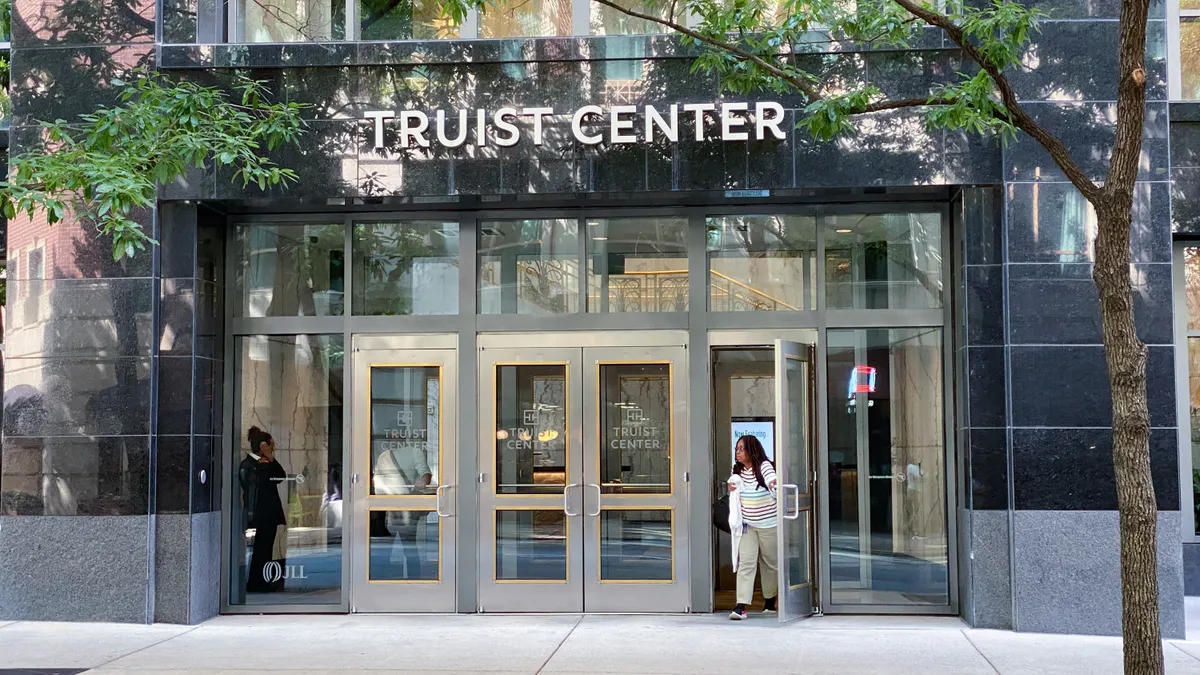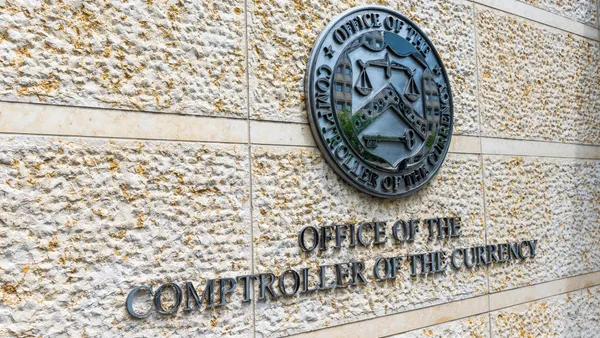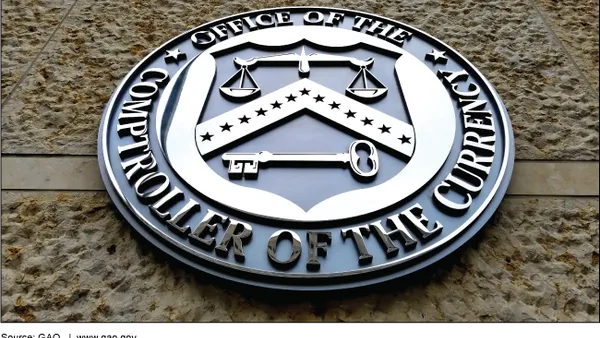The Office of the Comptroller of the Currency (OCC) on Wednesday released a final rule updating the Community Reinvestment Act that governs lending in low-income neighborhoods.
The 372-page overhaul marks a culmination of Comptroller Joseph Otting's tenure as the regulator's leader, which is set to end this week when Otting steps down, The Wall Street Journal reported.
Among the rule's major changes are new data collection requirements, which won't go into effect until January 2024.
The OCC released the rule, which only applies to nationally chartered banks, without the backing of the Federal Deposit Insurance Corp. (FDIC) or the Federal Reserve. Otting had warned in January that CRA reform would move forward with or without the Fed. But the lack of lock-step with the FDIC, with which the OCC released a proposed revamp of the CRA in December, may come as a surprise.
"While the FDIC strongly supports the efforts to make the CRA rules clearer, more transparent, and less subjective, the agency is not prepared to finalize the CRA proposal at this time," FDIC Chair Jelena McWilliams said in a statement. "The FDIC recognizes the herculean effort community banks are making to support America's small businesses and families during this challenging time and encourages financial institutions to work constructively with borrowers affected by COVID-19."
As before, compliance standards are stratified, such that the rule's strictest requirements fall on big banks. But Wednesday's final rule raises the asset thresholds for banks and adds a distinction between small and intermediate-sized banks. The small-bank asset threshold would be raised to $600 million, up from $500 million in the December proposal. The intermediate threshold will be raised to $2.5 billion. Community banks below a certain asset threshold can decide whether they want to opt in to the new CRA rule or continue with the old one.
The rule is set to go into effect in October, but OCC-supervised banks will have two years before the new evaluation standards are live.
Under the CRA, banks are evaluated — and can get credit for lending in underserved areas — based on a formula that includes loans to homebuyers and small businesses in poorer areas, and the number of branches in so-called assessment areas. Banks that receive low ratings may be hit with sanctions that can prevent mergers and the opening of new branches.
Advocates have raised concerns that banks could get credit for making larger but fewer loans, meaning an area might see more lending for large-scale projects, such as a sports arena, but fewer loans to poorer residents.













